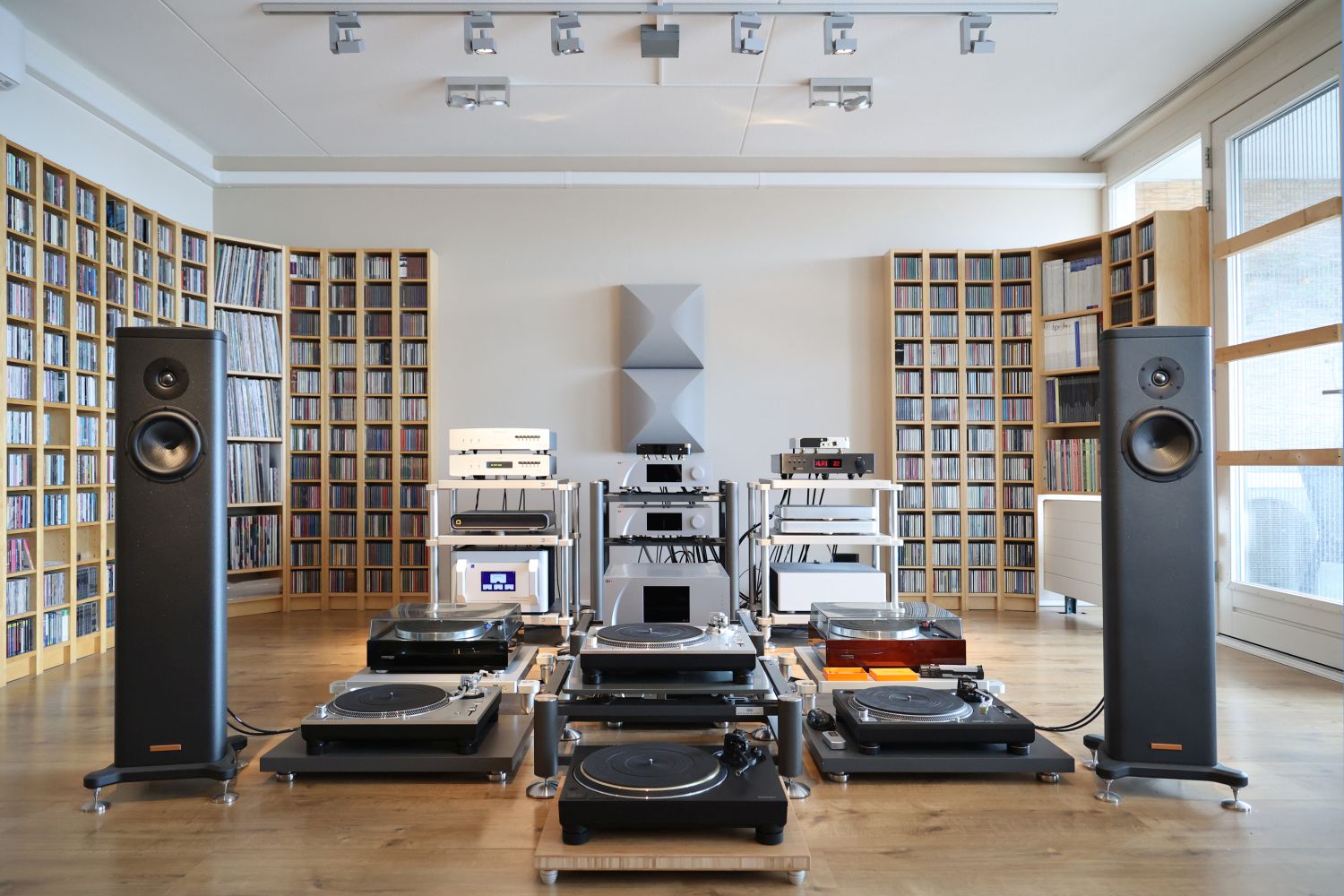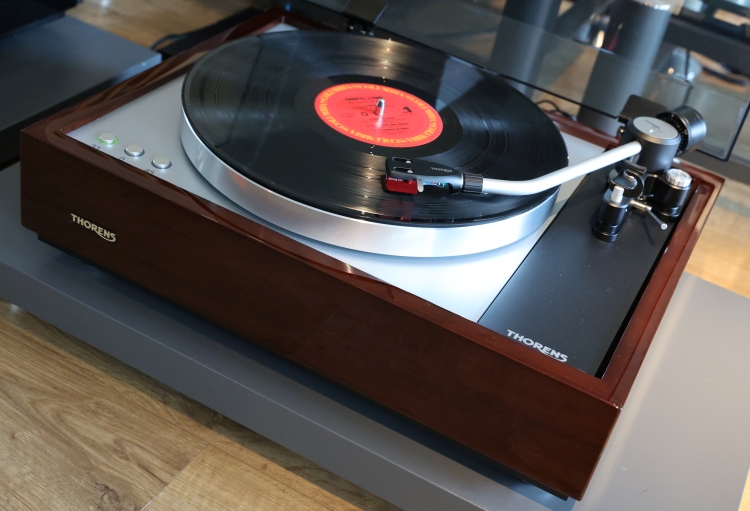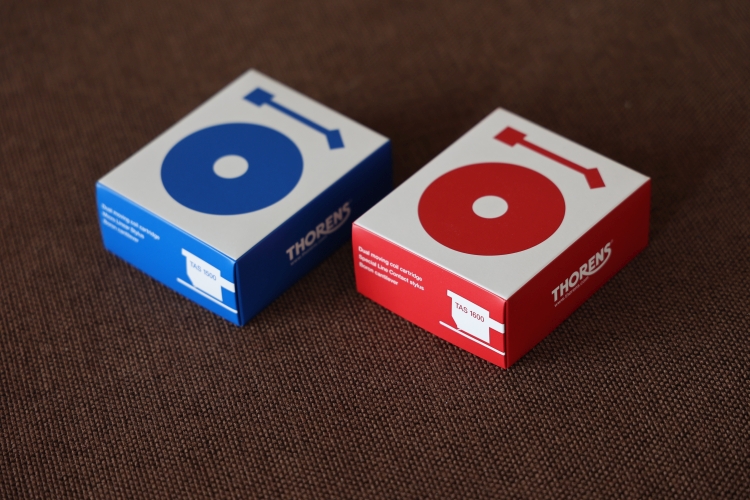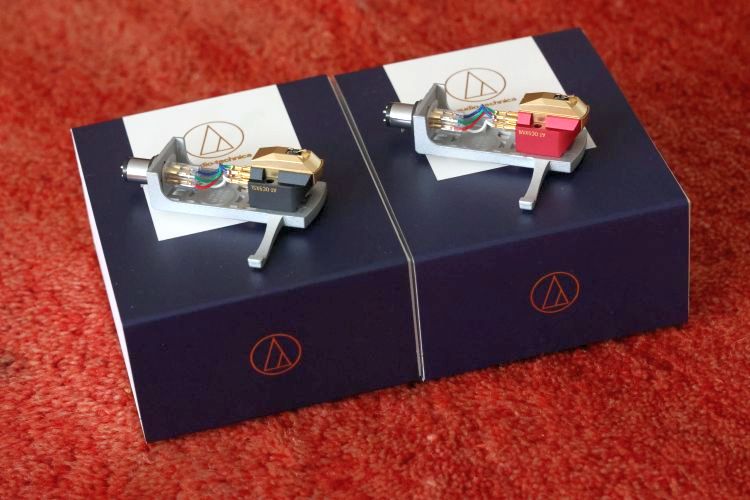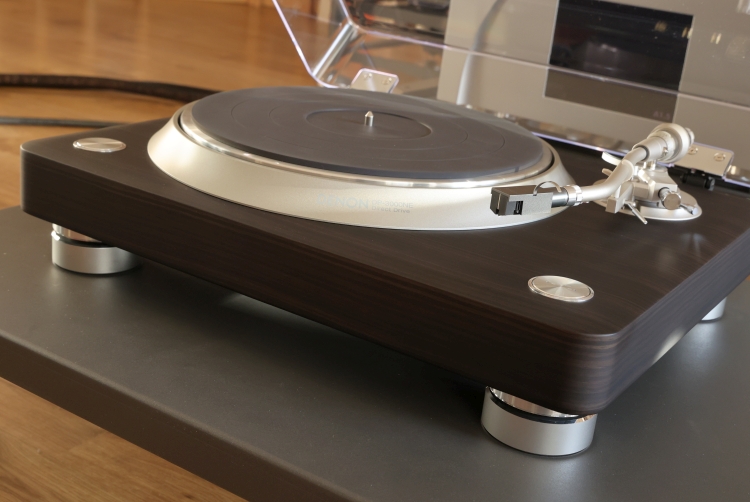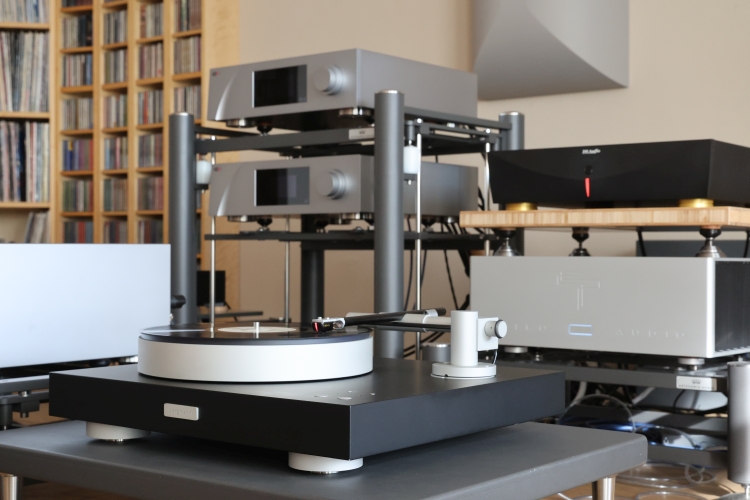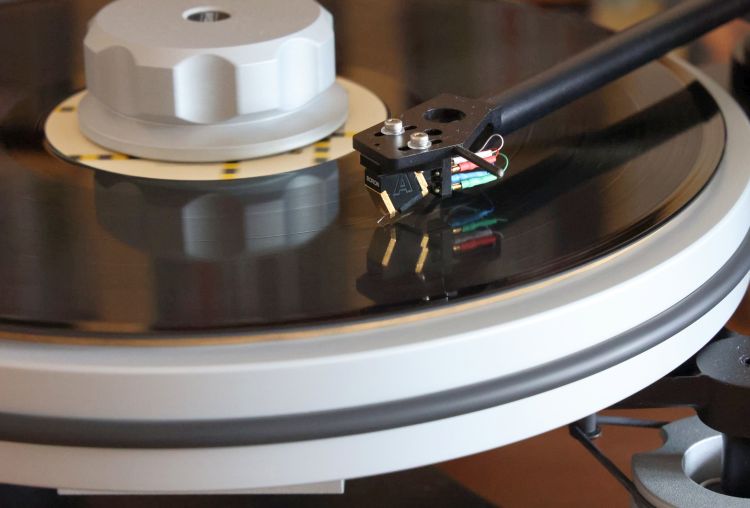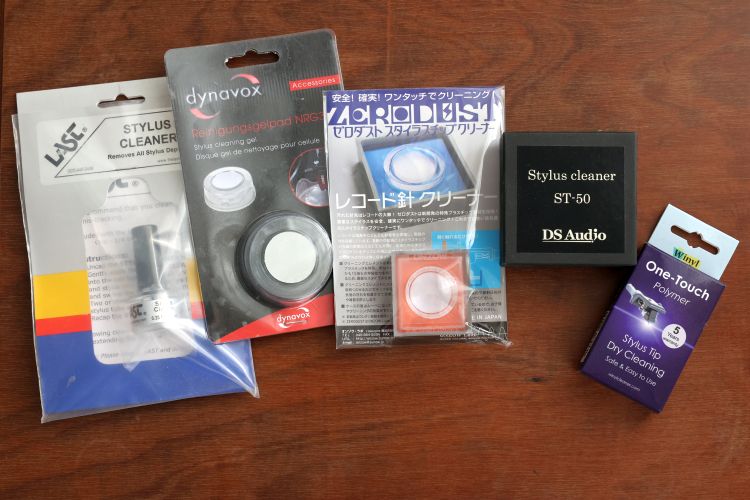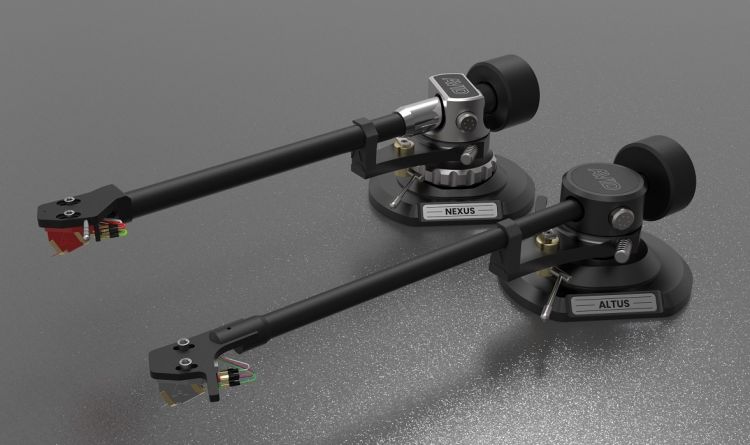
Review samples supplied by Hexagon Audio
Retail prices in the Netherlands incl 21% VAT:
ALTUS €1.800
NEXUS €5.250
After years of development and thoroughly testing various techniques, AVIDHIFI has now released two Tonearms: the entry-level ALTUS and the range-topping NEXUS. Developed entirely in-house, these arms have been fully designed according to AVIDHIFI’s core beliefs, with solidity, extremely tight tolerances, and the mechanical draining of resonances away from the cartridge at the forefront.
These arms may visually and technically be the ideal companion for AVIDHIFI turntables but I was assured that they are designed to also work just as happily with other turntable brands. Important factors in this are that the arms were made with pleasing ergonomics in mind and designed for the best information retrieval as well as the least sonic signature possible. In other words, these arms are designed to work smoothly and predictably with any turntable and be very neutral.
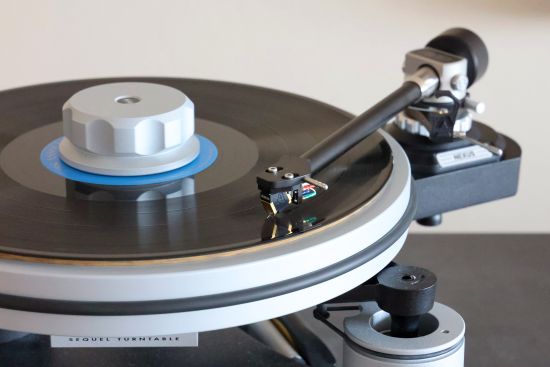
NEXUS
The NEXUS is designed to the same extreme precision engineering standards as the AVIDHIFI turntables. Every tonearm is hand-assembled with the same craftsmanship that you would expect from AVIDHIFI.
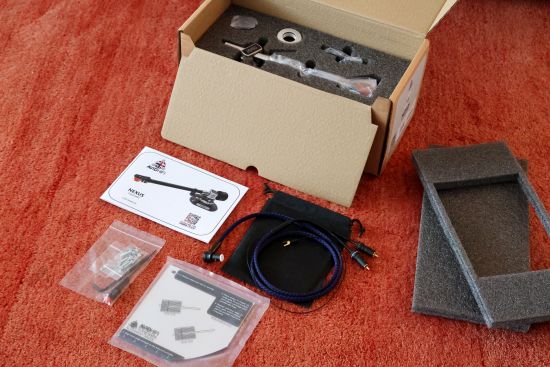
Natural forces pull a tonearm, ever increasingly towards the center of the record. Bias compensation (also called Anti-Skating) is the mechanism that counteracts this. The NEXUS employs adjustable progressive Bias to gradually increase the field of force as the arm gets closer to the center. There is a dot on the Anti-Skating dial to provide an idea of the point of origin (where you started) and a sense of how much input adjustment is made. Of course, the effect of these adjustments is subject to many variables such as the stylus type, VTF, suspension, and others. As such, a visual indication of, say, 1, 2, 3 grams will never be precise but I find that it can still be a handy visual reference, if only as a starting point. With the AVIDHIFI implementation, one needs to go by ear which may seem hard but in practice is really quite simple. When sibilance or distortion happens during loud passages in one channel, simply rotated the dial until the sibilance is either gone or at least reduced and coming from both channels. When it moves to the other channel, you’ve gone too far.
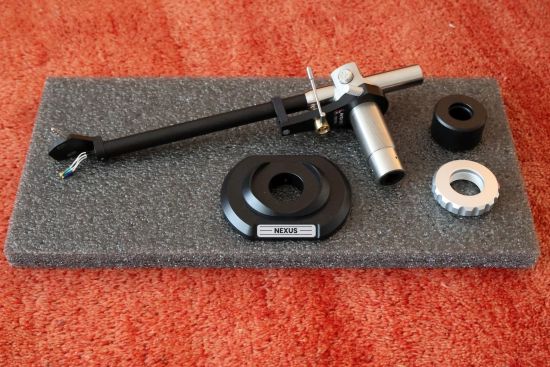
AVIDHIFI feels very strongly that supporting the cartridge rigidly while playing a record is vitally important, and it is why they have harnessed a bespoke hyper-strong titanium arm tube to push rigidity to another level. The GR9 grade titanium boasts a 1.3 mm wall thickness, providing unmatched strength and resisting bending or torsion modes that could negatively impact sound quality. Likewise, a rigid bearing architecture is paramount to delivering solid images etched in space, so each of its components is manufactured to incredibly tight tolerances.
The NEXUS headshell is precision-engineered from solid aluminum and undergoes rigorous machining to ensure compatibility with the arm tube. To maintain optimal vibration transfer, weight reduction holes are omitted, avoiding potential sound distortion and preserving image focus and sonic solidity.
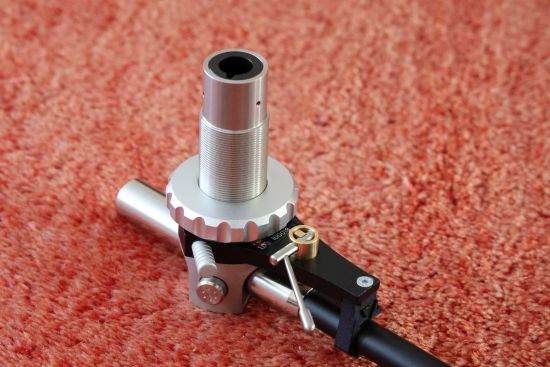
The NEXUS tonearm includes a precision-made VTA ring. This is just for finding the initial position. Once the desired height is reached, the arm shaft needs to be fixated with a single hex nut on the side.
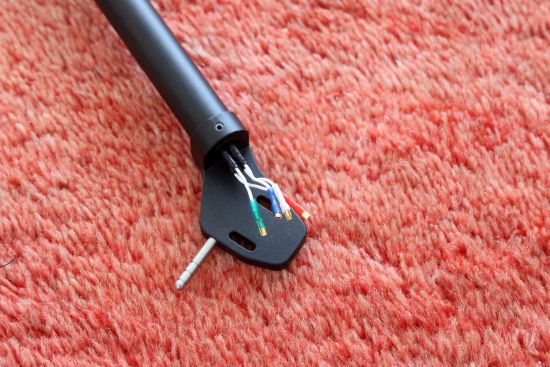
The NEXUS comes complete with tonearm wires. These can be regarded as placeholders and it is expected that users will use higher-end versions.
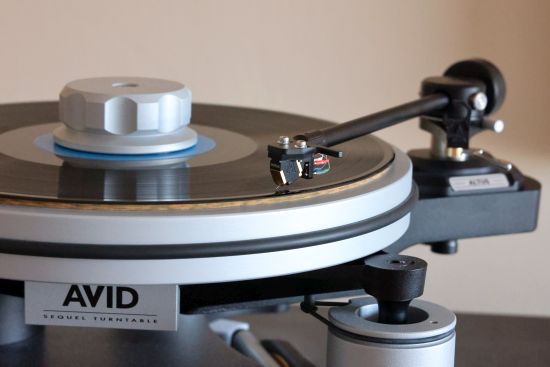
ALTUS
The ALTUS offers cascading features from the top-model NEXUS such as the micron tolerance bearings and the adjustable progressive Bias.
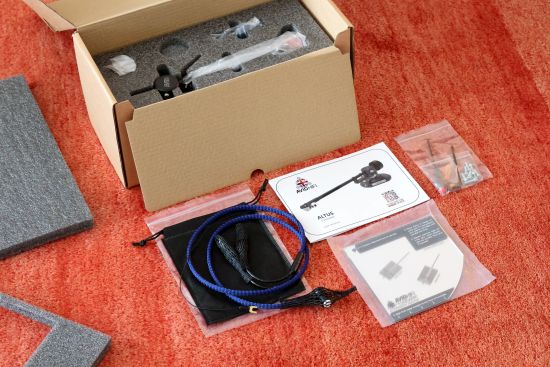
ALTUS employs a thick-walled aluminum arm tube with a 2 mm thick wall to make sure the cartridge is held securely above the record and aid the transmission of vibration away from the cartridge.
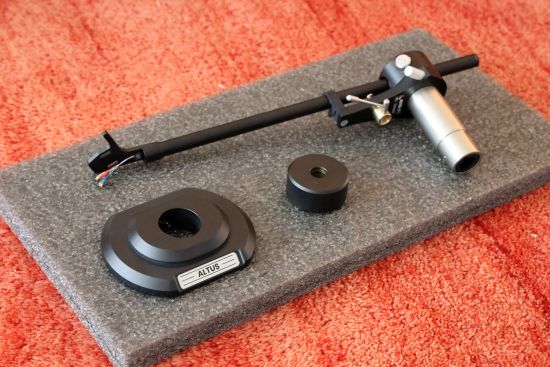
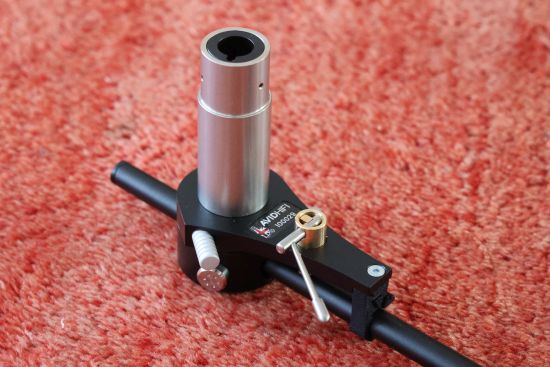
No VTA ring for the ALTUS, but otherwise, the fixation works precisely the same way as for the NEXUS. Also, the arm uses the same Bias/Anti-Skate-, and lift mechanisms.
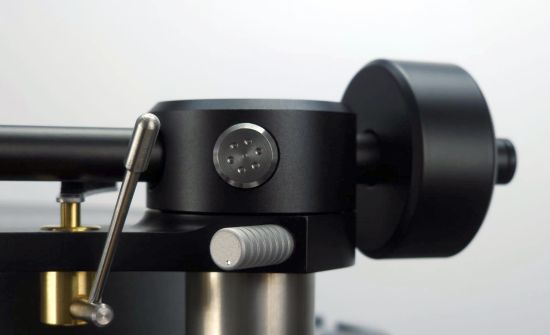
Incidentally, the ALTUS also uses the same DIN connector, RCA connectors, and very high-quality external and internal cable loom as the NEXUS. The only difference is that the ALTUS is through-wired whereas the NEXUS allows the user to change the headshell wires.
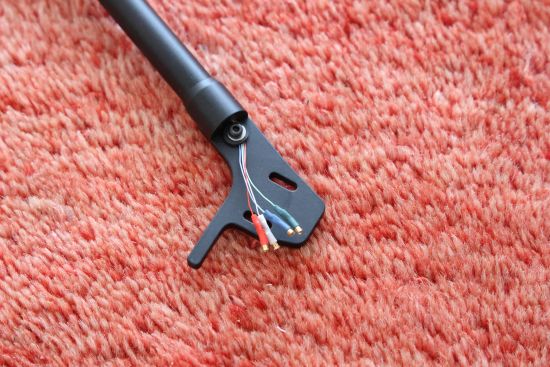
The ALTUS Headshell is produced through a precise laser cutting process on solid aluminum. This ensures the highest degree of accuracy in terms of tolerances and provides a steadfast base for the cartridge. It does this without the presence of weight-reducing holes frequently found in other headshells, which can negatively impact the transmission of vibrations and lead to a distorted sound, especially hindering image focus and sound solidity.
The headshell is fitted to a solid aluminum collar, ensuring seamless integration with the arm tube. The ALTUS has thinner headshell wires compared to the ones used with the NEXUS but I can confirm that they most certainly do not make the arm sound thin.
Next: Technical Aspects
